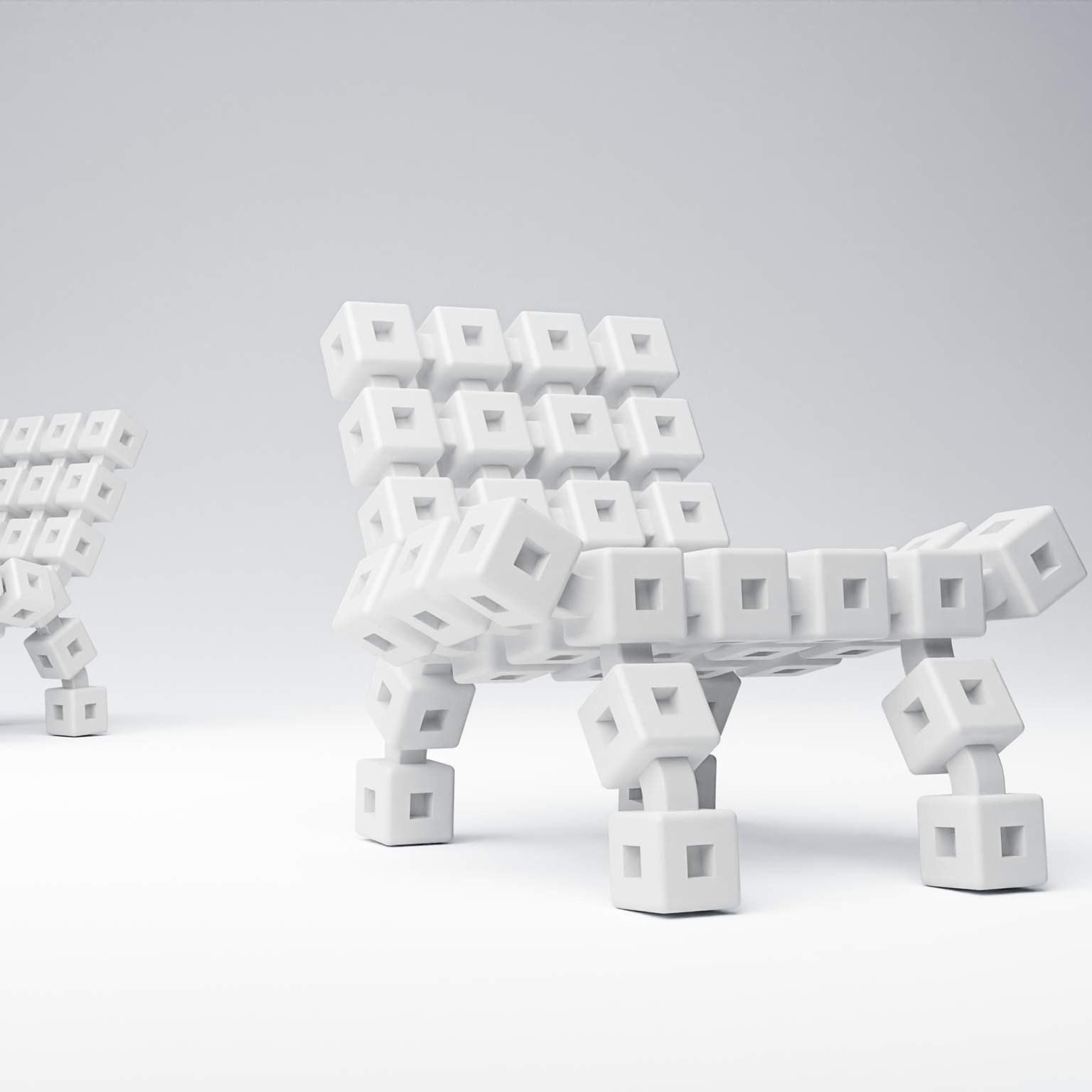Designers, processes and the products they produce, originate and function within natural, social and technological ecologies.
Modern designs cannot be singled out, they are always connected and entangled.
This challenges designers to identify interdependencies within and across worldly phenomena and find ways to address them together. A key role in this theme is played by the material of design: from living organic materials, to digital and speculative materials, we show how they create new entanglements and lead to unforeseen results.
A consequence of ecological thinking in design is that interactions have both a local and global implications.
The theme Connected Interactions brings home the idea that interacting with something can be meaningful for a particular time and place or can be alien to it, has impact on other interactions taking place, and can even transcend particular situations, producing effects beyond the local circumstances.
Many ‘things’ that designers envision and make are no longer singular but plural: things with multiple identities and material substrates. Organic living material combined with digital material, assemblages of human and artificial intelligences, blends of machines and meanings.
How does this plurality challenge our perceptions of things and which tools and techniques do designers have at their disposal to craft them?
How are designer embedded in the ecologies in which they design and intend to transform?
Their mere presence is not neutral. How do they choose their position? How do they deal with situations in which they find themselves, and how do they enable change: from within or from the outside, as humble catalysts, or as outspoken activists?
Design as a discipline is evolving and so are the collective methods, tools, and techniques that constitute it. How can design become a more mature field of research and practice, while facing increasingly complex challenges that require its methodologies to continuously and rapidly evolve?
How can design collaborate with other disciplines in cross-domain problem spaces, while maintaining its own identity? And what roles are emerging for designers, to integrate different forms of knowing and to intervene in contested issues?









